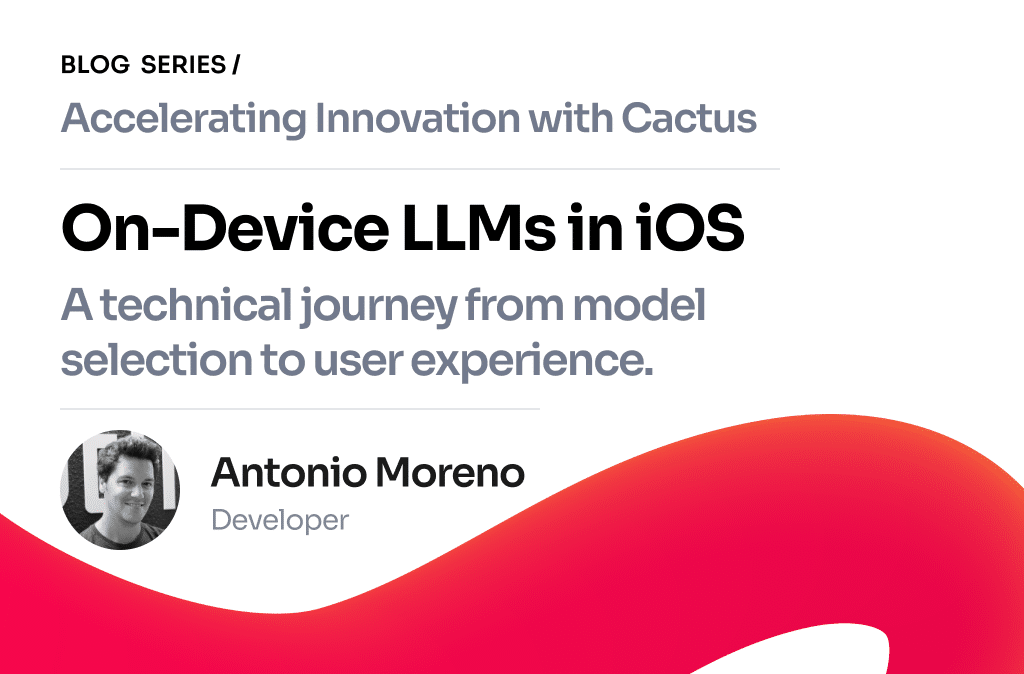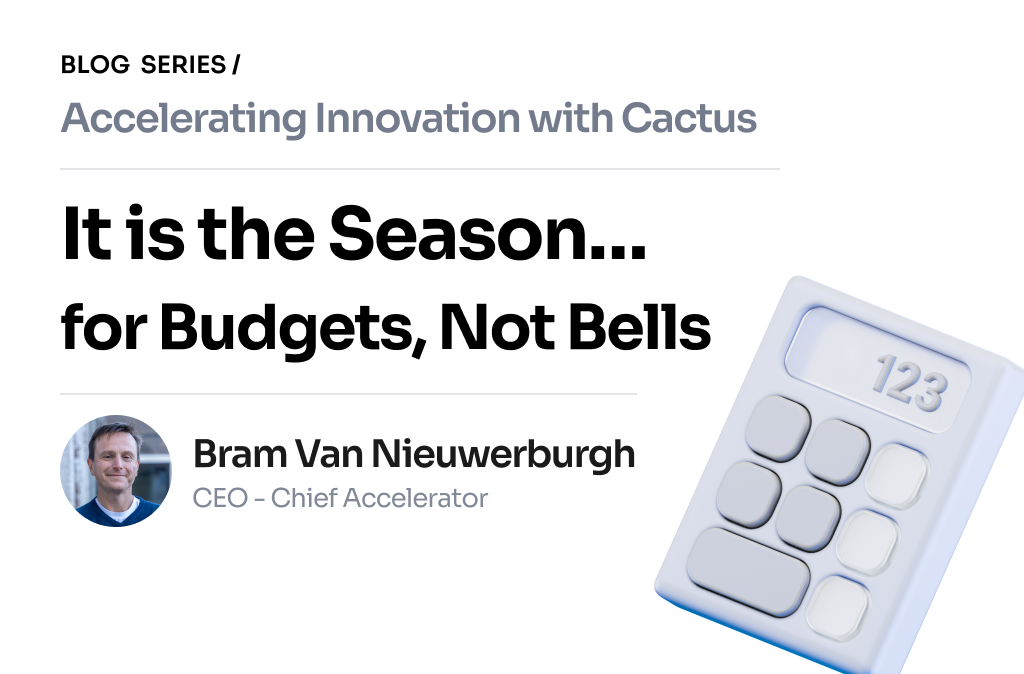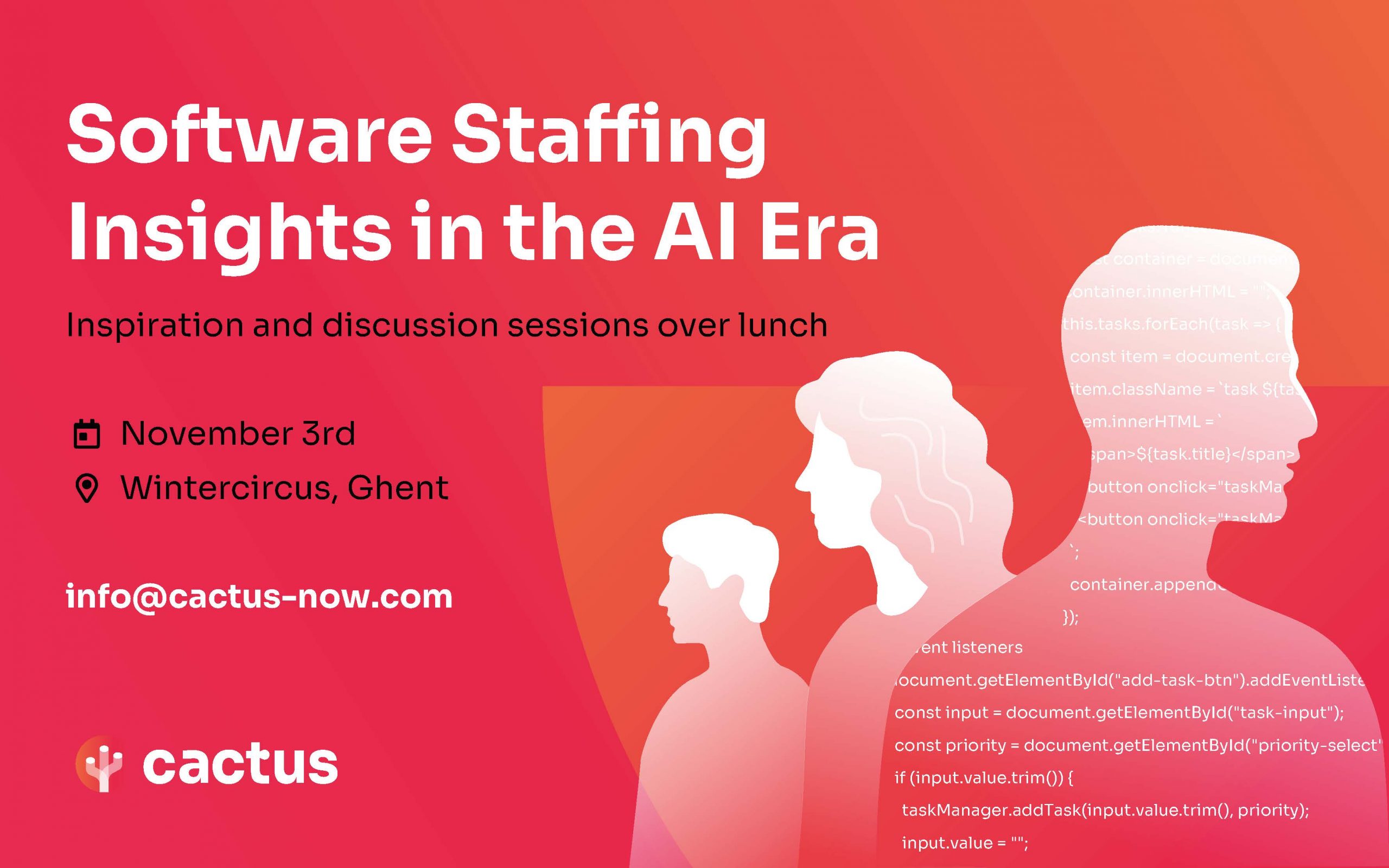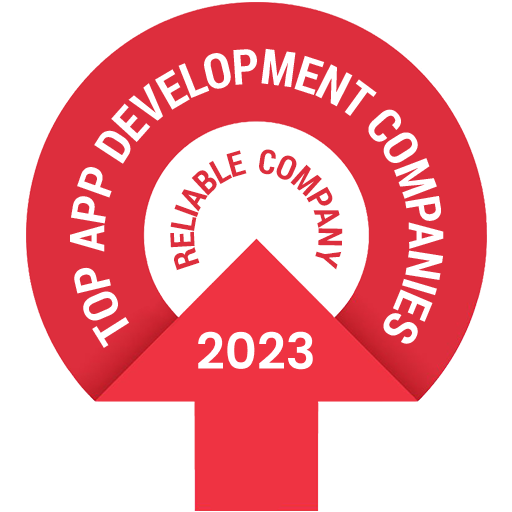Unlocking Real-World Value from Emerging Tech: Why IoT and AI Matter Today
We are living in a time of rapid technological transformation. Every week, headlines announce new breakthroughs—especially in Artificial Intelligence (AI)—promising to revolutionize industries and change the way we live and work.
But beyond the hype, a pressing question remains for many local governments and businesses: How can we apply these technologies to solve real-world problems?
In a previous article, I introduced the use of computer vision at the edge—a powerful concept in the field of AI. Now, I want to revisit that idea and take it a step further by combining it with another transformative technology: the Internet of Things (IoT). Together, IoT, Edge Computing, and AI are reshaping how we collect data, make decisions, and design smarter, more responsive urban systems.
Understanding the Internet of Things (IoT): Smart Networks for Smarter Environments
From simple sensors to complex industrial machines, learn how IoT devices communicate and scale across urban and remote infrastructures
I won’t go into too much detail about IoT, as that could easily fill another article. But simply put, The Internet of Things (IoT) refers to a network of interconnected smart devices that can communicate with each other and perform tasks based on collected data. These devices can be as simple as a temperature sensor or as complex as an autonomous vehicle.
Despite the name, IoT devices don’t always need a traditional internet connection. They can communicate over local networks using low-power communication protocols like NB-IoT, LTE-M, Mioty, or LoRa. In some cases, satellite-based connectivity—like those offered by Sateliot or OQ Technology—can be used, especially in remote areas without terrestrial coverage. This differs from direct-to-device technology, where users can connect their phones to a network in the same way they do with cellular or satellite services.
The level of “smartness” varies from device to device. For instance, a basic sensor might send one data reading per day, while an industrial machine could process and transmit complex data continuously.
To build an effective and scalable IoT system, several key factors must be considered:
- Low Power Consumption – Critical for battery-powered or remote devices that need to operate for long periods without maintenance.
- Reliable & Secure Connectivity – Ensures that data is transmitted consistently and protected from unauthorized access.
- Scalability – Allows the system to expand from a handful of devices to thousands without performance loss.
- Interoperability – Ensures devices from different vendors can communicate and function together.
- Data Integrity & Processing – Guarantees the accuracy and usefulness of collected data through proper filtering and analysis.
A successful IoT deployment isn’t just about connecting devices—it’s about creating a robust, secure, and energy-efficient network that can deliver real-time, actionable insights.
Deploying IoT in Remote Areas: Off-the-Shelf Solutions and Their Limits
Explore how commercial IoT sensors monitor environmental conditions in infrastructure-free zones like forests or rural regions
Imagine you need to monitor the environmental conditions of assets in remote areas such as a forest, nature reserve, or rural farmland—where no existing infrastructure exists. This is a common scenario in agriculture, forestry, or conservation sectors.
With off-the-shelf IoT sensors, you can measure variables like temperature, humidity, air quality, or soil moisture. These sensors typically send their data to a LoRaWAN Gateway, which then forwards the information via the internet to a central server or cloud platform.
Because this is a relatively standard use case, there are many commercially available, ready-to-use solutions that can be deployed with minimal customization.
But what if your needs go beyond these standard capabilities?
Thanks to advancements in hardware miniaturization and energy efficiency, it’s now possible to build custom IoT devices that offer significantly more functionality at a reasonable cost. These devices can be powered by long-life batteries and operate autonomously for months—or even years—without maintenance.
For example, a customized environmental monitoring station could be built using a Raspberry Pi, equipped with the required sensors (temperature, humidity, barometric pressure), and connected via LoRa equipment (node & LoRaWAN) for long-range, low-power data transmission. This tailored setup provides greater control over data collection, processing, and transmission—ideal for scenarios where flexibility is crucial.
Custom IoT and Edge Devices: Tailoring Solutions for Complex Use Cases
When off-the-shelf isn’t enough, custom-built IoT devices offer flexibility, local AI processing, and greater adaptability
Let’s take the previous use case a step further. What if, in addition to monitoring weather conditions, you also want to observe wildlife activity in a remote area?
To do this, you’d need additional components—like a camera module and possibly a motion sensor—integrated into your IoT setup. But here’s the challenge: if you’re using LoRaWAN as your communication protocol, you’re working with very limited bandwidth. This makes it impractical to transmit large files like videos or images. Plus, LoRa’s duty cycle restrictions limit how frequently you can send data.
This is where Edge Computing becomes a game-changer.
Because devices like Raspberry Pi have sufficient processing power, you can run software locally to process data on the device itself—before sending anything over the network. For example, by deploying computer vision models locally, the system can perform tasks like:
- Object detection
- Animal recognition
- Image segmentation
Instead of sending full video frames, the device can transmit lightweight, meaningful data—such as “3 deer detected at 18:47” or “no movement in the last 6 hours.” This drastically reduces data transmission needs while still delivering high-value insights.
This combination of custom hardware, on-device intelligence, and low-bandwidth communication unlocks entirely new possibilities for remote monitoring across agriculture, conservation, and infrastructure.
Now that we’ve covered data optimization, let’s break down the hardware needed for this setup.
Hardware Breakdown: What You Need for a Custom Edge-Enabled IoT Device
Get a detailed overview of hardware costs, options, and energy considerations for building scalable and efficient IoT solutions
In the previous example, we mentioned a setup using LoRaWAN for data transmission, a Raspberry Pi as the main processor, and various sensors and a camera for input. Let’s take a closer look at the potential hardware requirements and associated costs to understand what’s needed to build a custom edge-enabled IoT device.
Estimated Cost Per Custom IoT Device:
- Raspberry Pi (Main Processor): 80€
- Camera Unit + Sensors: 50€
- LoRa Node: 20€
- Housing, Cables, Small Components: 50€
Total: 200€
LoRaWAN Network hardware:
- LoRaWAN Multichannel Gateway: €350
(Capable of supporting hundreds of LoRa nodes)
Of course, your hardware setup will depend heavily on the specific needs of your project. Some scenarios may demand higher processing power, in which case you could upgrade your Raspberry Pi with a Compute Module or even integrate a Neural Processing Unit (NPU) for advanced AI tasks.
On the other hand, if ultra-low power consumption is a priority, alternatives like the ESP32 microcontroller may be a better fit. For increased autonomy, you can integrate solar panels or advanced power management chips such as those offered by E-peas.
The flexibility of modern hardware ecosystems means you can tailor your solution based on:
- Power consumption needs
- Processing power requirements
- Data transmission limitations
- Environmental conditions
Once your hardware is in place, there’s still one crucial element left to cover—device management at scale.
Managing IoT at Scale: Platforms for Monitoring, Troubleshooting, and Insights
Discover the importance of software platforms in tracking IoT devices, analyzing data, and maintaining network health in real time
When you deploy dozens—or even hundreds—of IoT devices across different locations, manual management becomes impossible. That’s where dedicated IoT software platforms come into play.
Many modern platforms are GIS-based, offering interactive maps that allow operators to:
- Visualize device locations
- Monitor real-time status
- Check signal coverage
- Analyze network performance
For instance, if a sensor stops sending data, the platform can automatically detect the failure, flag it in the user interface(GUI), and either:
- Trigger a manual alert for human intervention
- Start an automated recovery process, such as restarting the device or adjusting its data transmission interval to save power
But these platforms go far beyond device management. They also play a key role in data processing and visualization:
- Filter and clean raw sensor data
- Aggregate readings over time for long-term analysis
- Generate summaries and visualizations via interactive dashboards
All of this happens in the background, allowing users to focus on decision-making instead of technical maintenance. Whether you’re running a network of smart weather stations or monitoring a city-wide lighting system, an IoT management platform ensures reliability, transparency, and operational efficiency.
Having laid out the basics of edge computation in combination with IoT and provided examples of its application, we would like to present two projects that illustrate how Cactus has applied this technology in real-world settings.
Smart City Innovation: How Cactus Built a Scalable TALQ-Based Urban Management Platform
Learn how municipalities can control lighting, waste, water, and traffic from one centralized, TALQ-compliant interface
At Cactus, we’re proud to have delivered the first release of our SmartCity software platform—a powerful solution that helps municipalities manage and monitor their urban infrastructure more efficiently.
While its initial focus is public lighting, the platform is built with scalability and flexibility at its core. Thanks to its foundation on the TALQ Smart City Protocol, it can seamlessly integrate with a variety of Outdoor Device Networks (ODNs)—including systems for water metering, smart waste bins, and traffic control.
The TALQ protocol is a global standard that uses a RESTful API with JSON-LD to ensure interoperability between Central Management Software (CMS) and third-party smart city networks. This approach eliminates vendor lock-in and gives cities the freedom to adopt best-in-class solutions while maintaining a unified system.
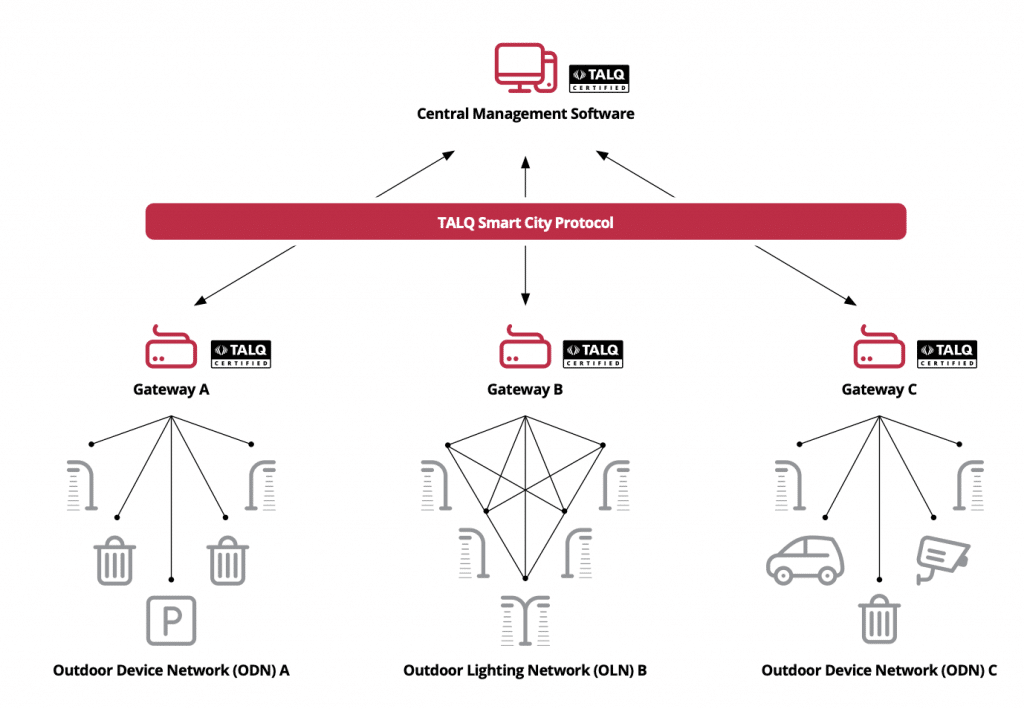
Image courtesy of the TALQ Consortium
Cactus has also developed its own ODN solutions for:
- Lighting control
- Power inverters
- LoRaWAN gateways
These additions enhance the platform’s versatility, supporting long-range, low-power communication across a wide range of urban devices.
Key features of the platform
Scalable, Multi-City Architecture
Capable of managing thousands of devices across multiple cities, the platform is ideal for towns and metropolises alike
Comprehensive Asset Control and Integration
Compatible with all TALQ-compliant ODNs, including our in-house LoRaWAN-enabled systems. Users can remotely:
- Set dimming levels
- Read GPS positions
- Send operational commands
- Program energy-saving behaviors
Smart Program Control
Municipalities can schedule device actions and enable speculative energy management. For example, inverters can activate non-critical loads when batteries are charged and electricity prices are low.
Built-In GIS & Monitoring Tools
A powerful Geographic Information System (GIS) allows real-time asset visualization. Customizable dashboards show KPIs, system health, and alerts—giving cities actionable insights at a glance.
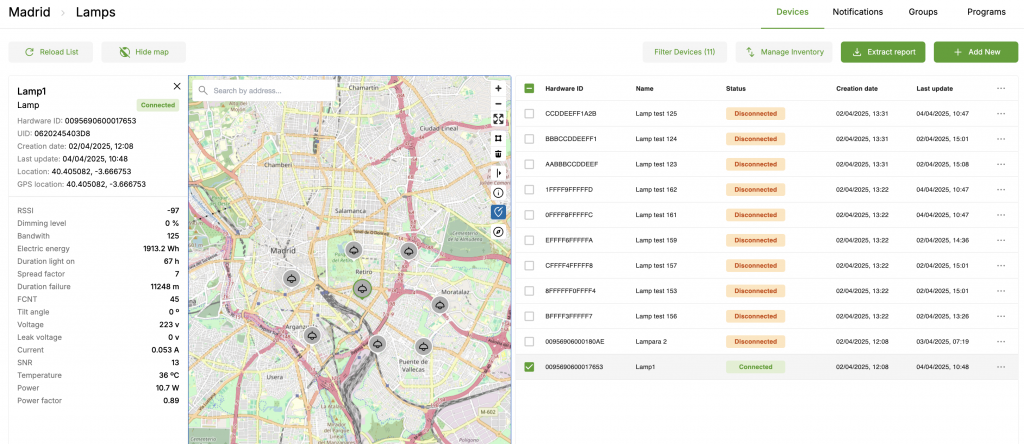
A snapshot of our Software IoT Platform
Installation & Field Support
The platform streamlines installation with guided workflows, GPS feedback, and field-ready reporting—cutting setup time and minimizing human error.
Alerts, Notifications, and Reporting
The system supports:
- Real-time alerts (e.g., outages, abnormal readings)
- Automated notifications to relevant departments
- Advanced reporting for audits, planning, and performance reviews
In short, our SmartCity platform gives municipalities the tools to centralize, optimize, and future-proof their infrastructure.
AI at the Edge for Pest Control: Inside Cactus’ ECOPEST Detection System
Using computer vision and infrared tech, Cactus has developed an autonomous rodent detection system for harsh environments
The ECOPEST TECH SOLUTIONS II project is a cutting-edge initiative developed by Cactus in collaboration with a dynamic consortium of partners:
Nazaries Intelligenia, OnTech Innovation, Bioga, Athisa Medio Ambiente, and Fundación MEDINA. It is co-funded by the Spanish Ministry of Industry and Tourism.
The goal of this initiative is to innovate, research, and develop new scientific and technological solutions that minimize the use of currently authorized traditional biocides through various strategies.
Within the project, Cactus is responsible for the development of an AI-powered surveillance system designed to detect rodent activity in remote and challenging environments, such as sewer systems. The surveillance system is fully autonomous and is capable of detecting rodents in full darkness due to its near infrared lighting system. It sends detection evets via LoRa to the Cactus backend.
We began by defining the system’s hardware and software requirements based on the project goals and environmental constraints. After selecting the appropriate components, our team at Cactus developed both:
- The embedded software running on the IoT devices
- The backend application server, which receives and processes event data
Additionally, we trained and deployed custom computer vision models capable of running on edge devices with limited power and bandwidth.
The result? A fully autonomous device that:
- Uses a near-infrared (NIR) lighting system to capture activity in complete darkness
- Detects rodents in real time using on-device AI
- Sends detection alerts via LoRa to a central backend for further action
This setup is a perfect example of how AI, edge computing, and low-power communication can come together to create high-impact solutions—even in the most inaccessible locations.
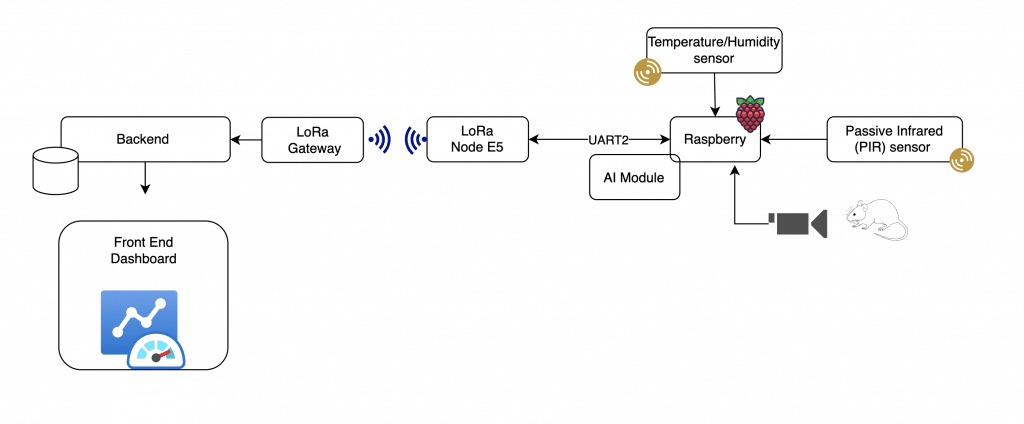
The Future of IoT & Edge AI: What’s Next for Smart Infrastructure?
As technologies converge, new opportunities emerge for intelligent, connected systems across industries—from cities to wildlife
As technological capabilities continue to evolve — particularly in fields such as AI, edge computing, IoT, and satellite communications — the number and diversity of these use cases are expected to grow significantly. This rapid advancement will enable more intelligent, efficient, and scalable solutions to complex challenges.
At Cactus, we bring a strong track record of success in designing and delivering innovative solutions that integrate diverse technologies—or develop new ones when needed. Our expertise spans a wide range of services, enabling us to offer flexible and scalable platforms that adapt to evolving market demands and emerging technological opportunities. If you’re facing a challenging IoT problem—whether in agriculture, wildlife monitoring, smart cities, or other domains—don’t hesitate to contact us. We’re here to help you turn complex needs into intelligent, effective solutions that brings great value to you and your customers.


